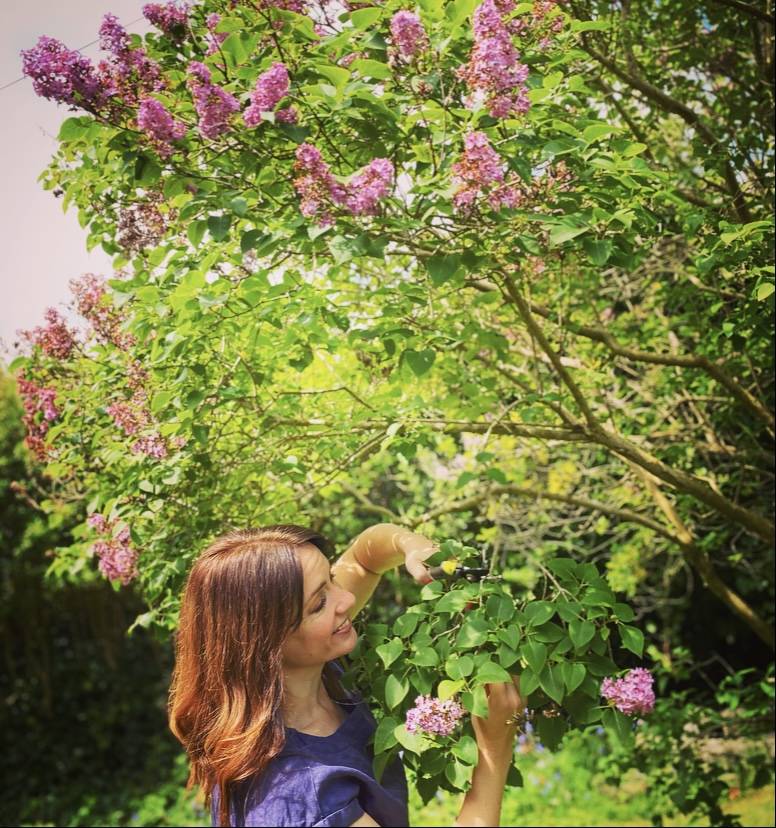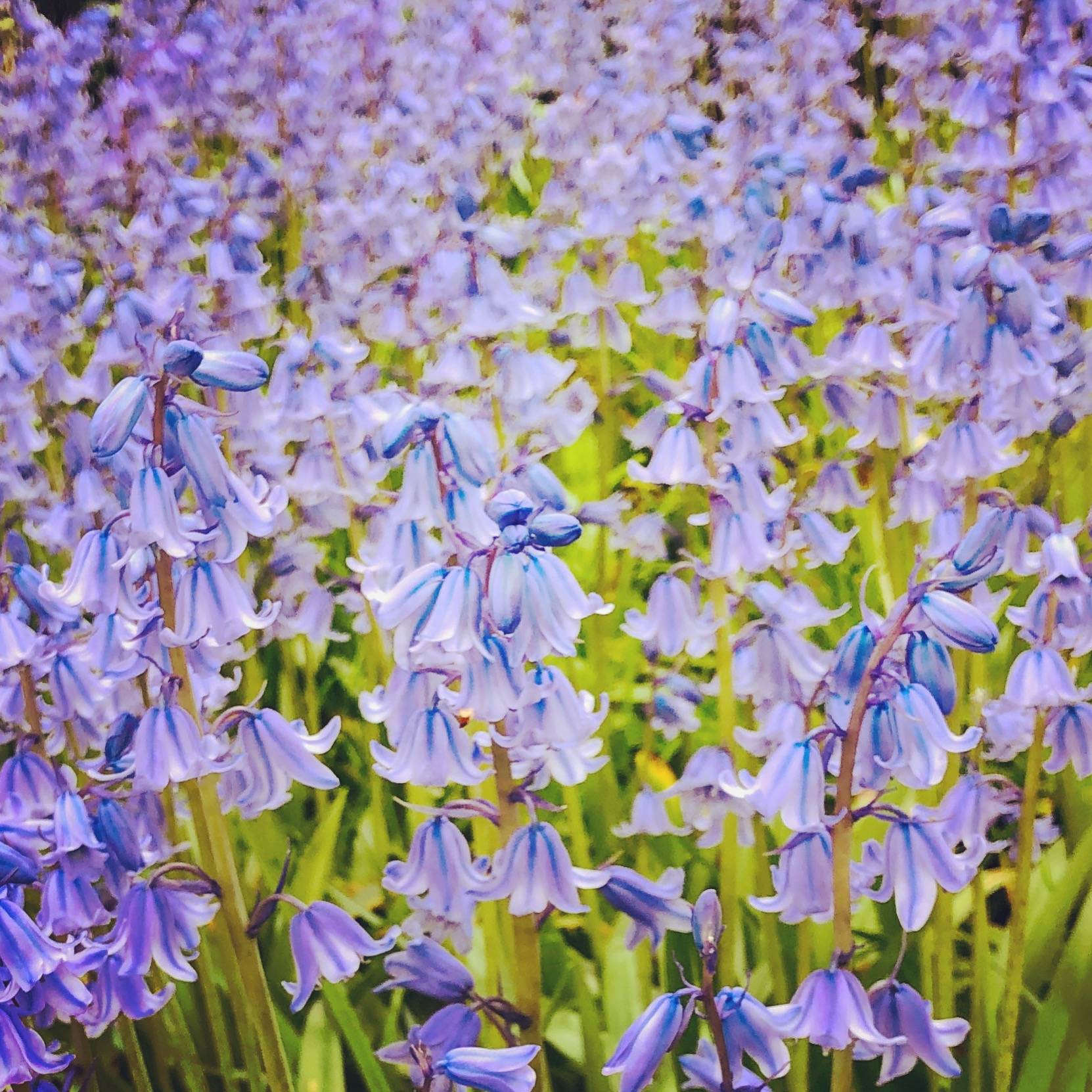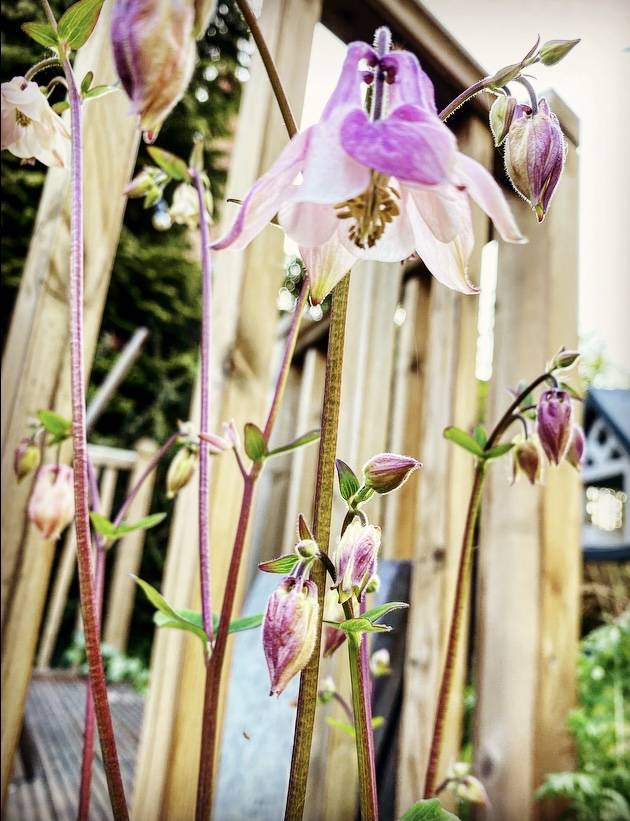May Highlights
Lilac

Evoking memories is one of my driving forces when choosing plants. The smell of lilac takes me straight back to childhood and my walk home from school past the neighbour’s garden. We have two established lilac trees which sit proudly either side of my favourite part of the garden. The evening sun lingers there so at the end of the day the aroma of lilac hovers over me and my glass of wine – perfect!
Because the lilac trees sit at the far end of the garden, I love to use them as cut flowers and bring them into the house to enjoy the heady scent.
Our sense of smell has been scientifically proven to provoke memories and emotions and certain smells lower stress levels. I can believe that, as I have often found myself finding a welcome place of calm under my trusty lilacs.
Quick Guide
* Plant in a sunny location, in well-drained soil, alkaline to neutral
* Mulch every Spring
* Flowers May – July
* Dead-head spent blooms and prune for shape and height
* Only if necessary, hard prune in Winter. Lilacs flower on the previous year’s wood, so if hard pruning you may do without flowers for one year
* Aromatherapy benefits of lilac encourage calm and soothe anxiety
Bluebells
The bluebells in my garden are positively rampant. However, I cant help but look forward to seeing them every year – it feels like our own private woodland. We have a lot of the more invasive Spanish variety so I am gradually thinning them out. The English variety are happiest along the hedges, leading to my back gate.

Quick Guide
* Bluebells love moist, shady conditions
* Plant in March – June or September to October
* Flowers March – June
* If they are growing in grass, avoid mowing the lawn until the leaves have died down
* Mulch in Autumn
* Divide May – June
Aquilegia

I have to confess that the aquilegia in the garden have sprung up by chance, but are very welcome visitors. They are known to be traditional cottage garden favourites, with their wild and whimsical characters. Their informal names are “Granny’s Bonnet” for obvious reasons and appear in a variety of colours. They are very delicate, so I often take them indoors as cut flowers, to allow them to shine.
Quick Guide
* As a woodland plant, Aquilegia prefer partial shade in moist, well drained soil
* If you don’t want them to self-seed then cut the stems back after flowering (I prefer to leave them to it)
* Lift and divide every few years to spread the joy
